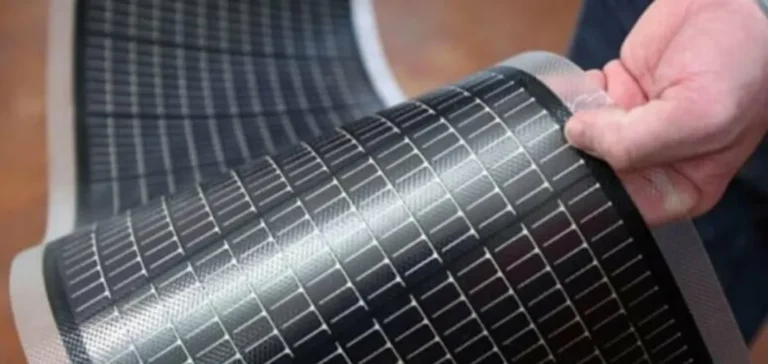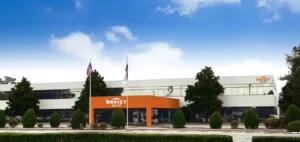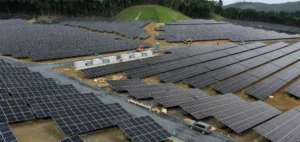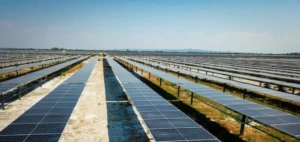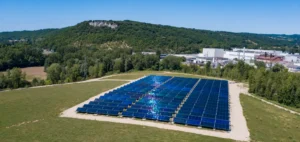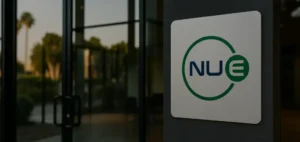Ascent Solar Technologies has confirmed the delivery of samples of its flexible photovoltaic (PV) technology to two specialised companies, one in autonomous marine systems and the other in space-based laser power transmission. These tests aim to assess the resistance and performance of the PV cells in demanding environments, where mechanical and thermal stresses are particularly high.
Testing in saline and underwater conditions
The solar cells developed by Ascent Solar Technologies rely on a thin and flexible architecture, designed for mobile or extreme-condition applications. The ocean monitoring company, recipient of the first series of modules, plans to test the durability and energy output of the technology during prolonged submersion. It develops autonomous underwater vehicles capable of long-distance, high-speed travel and equipped with advanced sensing systems.
The purpose of these tests is to determine whether the cells can reliably power submerged sensors or extend the missions of autonomous equipment. The physical properties of Ascent’s thin film, particularly its low weight and resistance to salt corrosion, represent technical advantages in such environments.
Energy transfer in space
At the same time, a space technology firm received modules to evaluate their ability to receive energy via laser beam transmission between satellites. This technology, still in the experimental phase, aims to ensure continuous energy supply in space, regardless of direct sunlight exposure.
The objective of the test is to observe how the flexible structure of these cells responds to the challenges of space, particularly extreme thermal variation and radiation. This type of application could help optimise energy management among satellites, enhancing their autonomy and interconnectivity.
According to Ascent Solar Technologies Chief Executive Officer Paul Warley, marine and orbital applications offer strategic potential for thin-film photovoltaic cells due to their light weight, flexibility and resilience. He indicated that the results of these tests will be decisive in considering broader deployment in both sectors.


